So, you’ve decided to study Arabic. From the get-go, you’re confronted with a number of challenges. You knew, of course, that you would have to learn to read and write a completely new alphabet… from right to left, no less. You undoubtedly realized early on that Arabic has several difficult sounds–the glottal stop, the emphatic consonants, and those made back in the throat (a.k.a. uvular and pharyngeal consonants). Sigh! If that weren’t enough, the first time you venture away from your beginner’s course book, you realize that Arabs don’t bother with diacritics (short vowels, shadda, and sukuun) in everyday life. OMG!! If you haven’t managed to throw in the towel by now, then learning how to look up words in an Arabic-English dictionary shouldn’t scare you off, either. That said, it is a challenge in and of itself. But you can do it! You just need to know how. That’s why I prepared this list of tips for using two Arabic-English dictionaries that are popular among Arabic language students: Hans Wehr’s A Dictionary of Modern Written Arabic (popularly known simply as Hans Wehr) and my own Lingualism Arabic Learner’s Dictionary.
Table of Contents
Arabic words are listed in citation form.
Just as in English and other languages, the basic (“citation”) form of a word is the one listed in dictionaries. For example, if you wanted to look up goes, going, gone, or went, in an English dictionary, you would look up go, rather than an inflected form. And, of course, it requires a bit of grammatical knowledge of the language to get back to the most basic form of a word. What does this entail for Arabic?
Arabic Nouns
The citation form of a noun is its singular form. You may need to first get rid of prefixed particles such as و (and), بـ (in, with), فـ (so), كـ (such as, like), and الـ (the). This also goes for regular plural and dual suffixes: ـان, ـين, ـون and ـات. For معلمون ([male] teachers), the citation form is معلم (teacher). ـات is a bit tricky because it can replace the feminine singular ending ـة, but it can also be suffixed to a noun without ـة. The citation form of حيوانات (animal) is حيوان (animal), while the citation form of معلمات ([female] teachers) is معلمة (teacher). You may only discover whether a noun ends in ـة once you find it in the dictionary. However, many, many nouns in Arabic have irregular plurals, which, nonetheless, follow certain patterns. This is where your grammatical knowledge really comes into play. And when you’re unable to determine what the singular form of an irregular plural would be, you can, fortunately, still find it thanks to the root-ordering system of Arabic dictionaries. (More on that below.)
Adjectives
Most of what I said above for nouns also applies to adjectives. The game is to find the singular form. But also, adjectives take ـة (and sometimes ـاء) when it modifies a feminine noun or plural non-human noun. The citation form is always the masculine singular form because it is the most basic form, without the suffix ـة.
Verbs
A verb may have a prefixed particle that needs to be removed, including لـ (so that; let’s). Unless it is conjugated in the perfect aspect (i.e. past tense), it will also have personal prefixes (تـ, نـ, أ, or يـ) and sometimes suffixes such as ـين, ـان, ـون, or ـن); past tense verbs will have suffixes such as ـت and ـنا, among others. The singular masculine past tense verb form has no prefix or suffix and is thus the most basic form of the word–the one you will look up in the dictionary. Although it literally means “he did…”, the English translation is the infinitive (base form) “do.”
It may seem daunting at first, but as your level in Arabic increases, you will better be able to recognize prefixes and suffixes and determine the citation form of words. Trust me. What seems impossible now will seem like child’s play later on.
Words are not listed alphabetically in the dictionary.
Oh, come on! Does the torture never end?
Arabic dictionaries traditionally take a unique approach to arranging the order of entries. Unfortunately, you cannot just look up the citation form of an Arabic word. Instead, it will be found grouped together with other members of a “word family.” So, how do you find these groups of words? You have to look them up by what they have in common: their root. Words in Arabic are built by using usually three (and sometimes four) radicals, which are consonants to which patterns of vowels and other consonants are added to create words. Again, as your Arabic progresses, it will become easier to determine which three consonants are the radicals that make up the root of a word. Once you do find the root, you will look up these three (or four) consonants in the dictionary, in alphabetical order, to find its word family. For example, you see the word مكتب and recognize that مـ is a common prefix and that the remaining three consonants must be its root. So you look up ك ت ب.
In both dictionaries, foreign words borrowed in Arabic are arranged alphabetically. If you first attempt with success to find a word by what you believed to be its root, just try looking it up alphabetically.
Sometimes the second and third radicals are the same consonant. For example, م ل ل. In Hans Wehr, the third radical is then ignored, so you would find مل listed after م ك ن and before م ل ء. In the Lingualism Arabic Learner’s Dictionary, all three radicals determine its alphabetical ordering, so it would be found between م ل ك and م ل ء.
Wehr doesn’t explicitly show augmented forms of verbs. (Students will know augmented verbs as measures represented by Roman numerals. For example, measure X verbs prefix استـ to the three radicals.) So, instead of استخدم, Wehr will simply list English translations in the entry for the unaugmented verb خدم after the Roman numeral X. You will need to be able to reconstruct in your mind what the verb pattern is for measure X. In the Lingualism Arabic Learner’s Dictionary (ALD), on the other hand, both the Roman numeral and augmented verb itself are shown in a separate entry.
Below is a comparison of the entries for the root خ د م in both dictionaries:
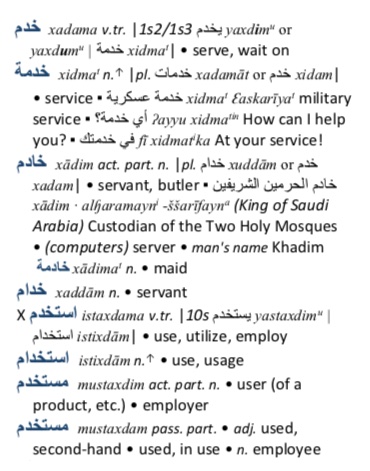
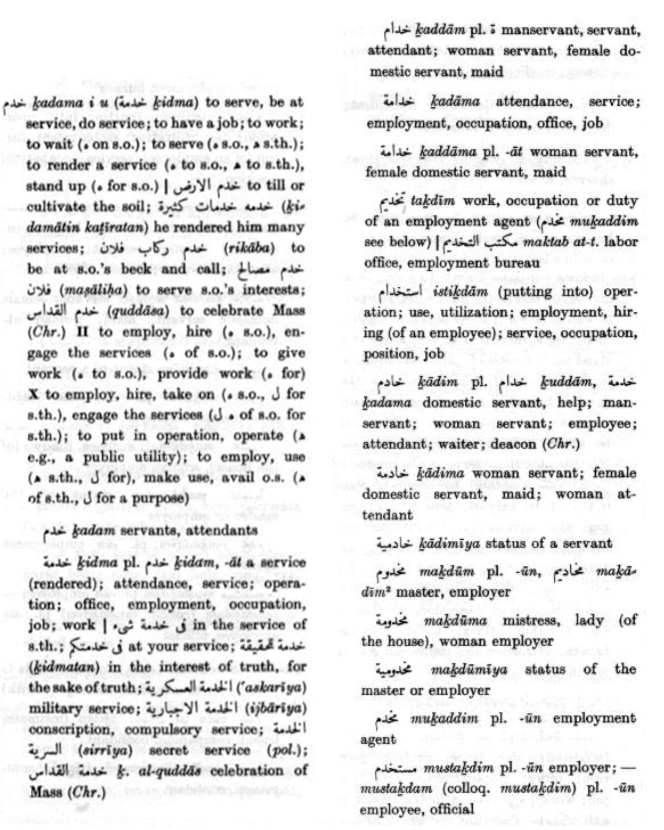
Sometimes it’s hard to find the root.
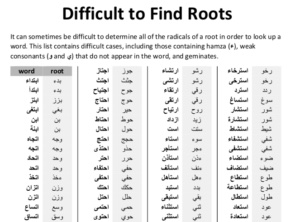 Two consonants in Arabic can prove a bit troublesome when it comes to finding the root of a word: و (waw) and ي (yaa). This is because these two consonants are, well, semi-consonants that can also be used as vowels, much like the ‘y’ of English. (Words that contain a root with one of these letters are referred to as assimilated, hollow, or defective, depending which radical it is.) You may not be sure if a و or ي is a vowel that makes up part of a word’s pattern or if it’s a root consonant (a radical). To make matters worse, these letters can sometimes disappear completely. If you can only find two consonants, that’s likely what’s happened. Hamza (ء) is also tricky, as are geminate verbs (those with identical second and third radicals). To help when you’re stuck, there is an index of such difficult words in the back of the Lingualism Arabic Learner’s Dictionary. These words are listed alphabetically and show you each word’s radicals.
Two consonants in Arabic can prove a bit troublesome when it comes to finding the root of a word: و (waw) and ي (yaa). This is because these two consonants are, well, semi-consonants that can also be used as vowels, much like the ‘y’ of English. (Words that contain a root with one of these letters are referred to as assimilated, hollow, or defective, depending which radical it is.) You may not be sure if a و or ي is a vowel that makes up part of a word’s pattern or if it’s a root consonant (a radical). To make matters worse, these letters can sometimes disappear completely. If you can only find two consonants, that’s likely what’s happened. Hamza (ء) is also tricky, as are geminate verbs (those with identical second and third radicals). To help when you’re stuck, there is an index of such difficult words in the back of the Lingualism Arabic Learner’s Dictionary. These words are listed alphabetically and show you each word’s radicals.



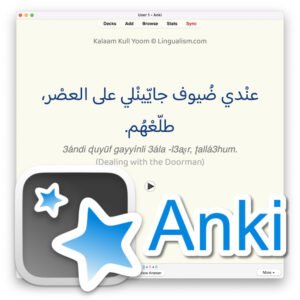
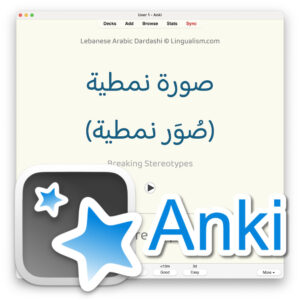


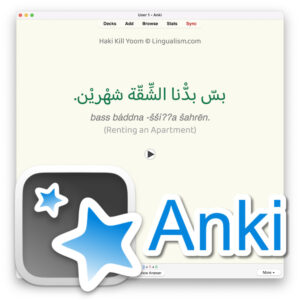
Those are some great tips. Also, learning about the culture helps to put words in context too. I used the program by Arab Academy (https://www.arabacademy.com) because of the culture aspect.